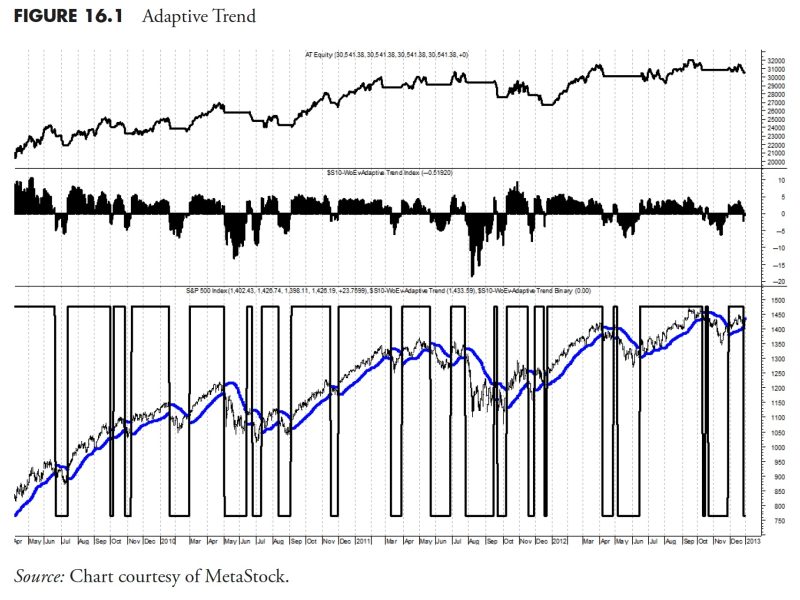In the fast-paced world of financial markets, investors are constantly seeking strategies that can help them navigate the volatility and uncertainty that comes with trading. One such strategy that has gained popularity in recent years is trend following. This approach involves identifying and following the market trends to make informed investment decisions.
Trend following is based on the premise that asset prices tend to move in trends, whether upwards, downwards, or sideways. By analyzing historical price data, trend followers aim to identify these trends and capitalize on them by buying assets that are trending upwards and selling assets that are trending downwards. This strategy is often used in various financial markets, including stocks, bonds, commodities, and currencies.
One of the key principles of trend following is the concept of riding the trend. This means that once a trend is identified, investors should have the discipline to stay invested in that trend until it shows signs of reversal. This approach allows investors to capture the potential gains that come with sustained market movements.
To put trend following to work effectively, investors need to establish a set of rules or guidelines that dictate when to enter or exit trades based on the identified trends. These rules are crucial in helping investors avoid emotional decision-making and maintain a disciplined approach to trading. By following a systematic and rules-based approach, investors can reduce the impact of market noise and focus on the long-term trend direction.
In practice, trend following strategies can vary in their complexity and implementation. Some investors may choose to use simple moving averages or trend indicators to identify trends, while others may opt for more sophisticated techniques that involve multiple indicators and risk management tools. Regardless of the approach, the key is to stick to the predefined rules and trade with discipline.
One of the main advantages of trend following is its ability to potentially generate profits in both rising and falling markets. Unlike traditional buy-and-hold strategies, trend following allows investors to adapt to changing market conditions and take advantage of trends in either direction. By diversifying across multiple assets and sectors, investors can further enhance the robustness of their trend following strategy.
However, like any investment strategy, trend following also has its limitations and risks. Market reversals, false signals, and whipsaws are common challenges that trend followers may encounter. Moreover, trend following strategies may underperform in certain market conditions, such as during periods of low volatility or choppy price movements.
In conclusion, trend following can be a powerful tool for investors looking to navigate the complexities of financial markets. By following a systematic and rules-based approach, investors can identify and capitalize on market trends to potentially achieve attractive risk-adjusted returns. While trend following is not without its challenges, those who are willing to commit to the discipline and rigor required can potentially reap the rewards of this dynamic investment strategy.



























